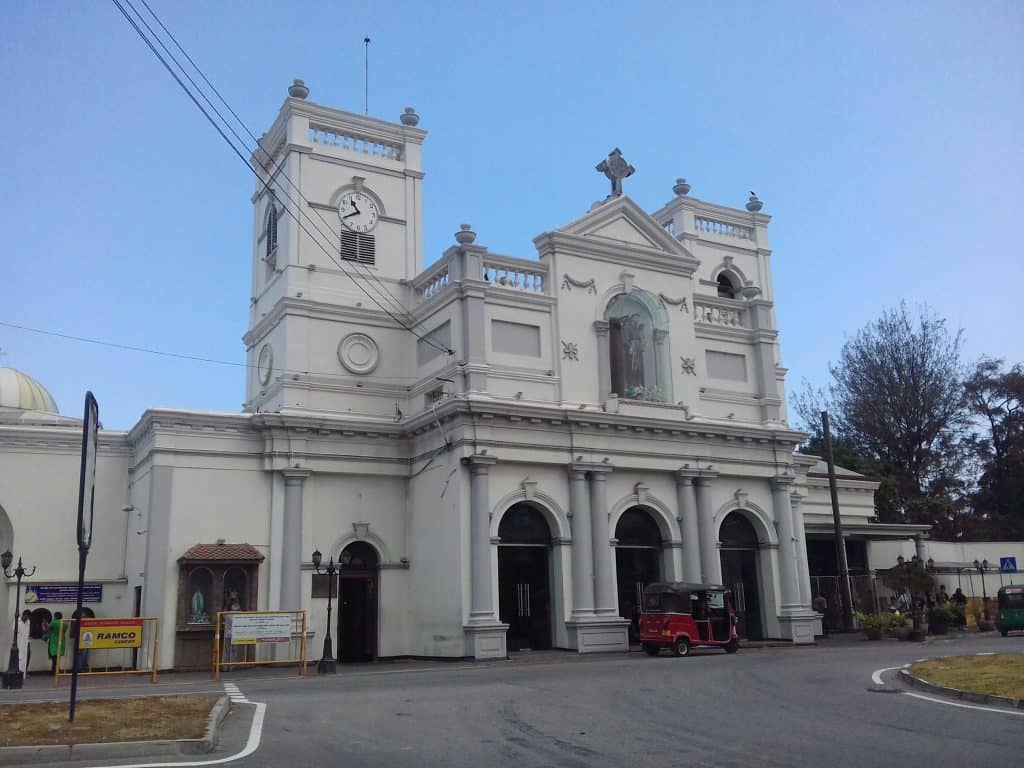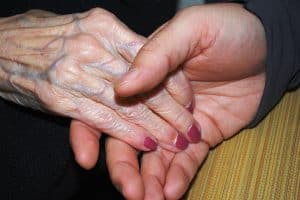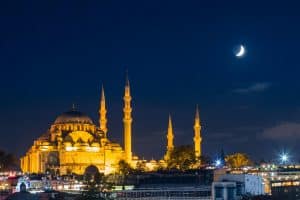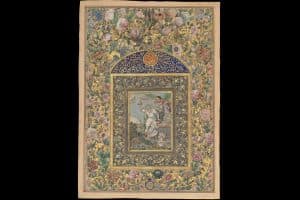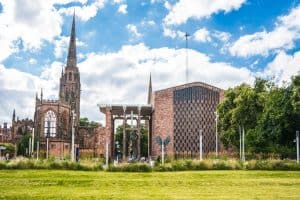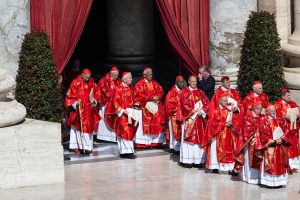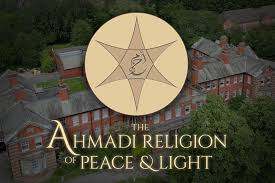By Gehan Gunatilleke
Christianity first arrived in Sri Lanka thanks to European colonialism, but today about 7% of the population follows the faith. They have been the victims of ethnic and religious-inspired violence in recent years, most infamously the 2019 Easter Sunday bombings which killed 359 people.
How did Christianity arrive in Sri Lanka?
Christianity arrived in Sri Lanka predominantly through European settlers, beginning with the Portuguese, who occupied coastal parts of the country in the 16th century. Many locals converted to Roman Catholicism during this period. Parts of the island were then occupied by the Dutch until the late 18th century, and the Dutch Reformed Church was established during this period.
The British occupied parts of the island in 1796, and by 1815, the entire country came under British rule and was known as Ceylon. The Church of England established a presence during this time, and many other protestant denominations also sent missionaries.
The Roman Catholic Church re-established a presence during this period, and a number of Catholic schools were established in the late 19th and early 20th century. The 20th century saw the arrival of newer evangelical and Pentecostal churches.
What is the current state of belief in Sri Lanka?
Buddhism is the most prominent religion on Sri Lanka, practised by 70.2% of the population, followed by Hinduism (12.6%) and Islam (9.7%).
Christians constitute about 7.4% of the population. Sri Lanka today has a number of active Christian denominations, practised across ethnic lines by the Sinhalese, Tamils, and Burghers.
What violence has the Christian community suffered?
Christians are perceived to pose a threat to national and regional majority communities. Ethno-religious violence against Christians has taken place for more than two decades, driven by entitlement complexes and existential fears (see below).
The violence is usually of low intensity and often features attacks on places of worship, threats and intimidation. About 60 attacks were reported in 2013, 80 in 2014, and 190 between 2015 and 2017, according to the National Christian Evangelical Alliance of Sri Lanka.
However, the attacks on Easter Sunday, 21 April 2019, which killed 359 people and injured 500 were unprecedented. Three Christian churches were targeted in a series of co-ordinated suicide bombings, as well as three hotels in the commercial capital, Colombo.
If the attack was made by an Islamist group – the so-called Islamic State has claimed responsibility and issued a video of eight men alleged to have taken part – it is unconnected with past violence, which has been carried out by Buddhist or Hindu groups. Conflict between Christians and Muslims is a new phenomenon and cannot be explained easily by local tension.
What inter-religious conflict has occurred in the past?
Ethno-religious violence in the past has been perpetrated principally by Sinhala-Buddhist militant groups for the several reasons. Firstly, the entitlement complex of the majority: Sinhala-Buddhists believe the country belongs to them.
This has long historical roots, and is very much part of the present-day political rhetoric, perpetuated through school teaching. Whenever a minority community does anything to challenge that entitlement (for example: Muslim economic success and population growth, Christian proselytism and Tamil demands for autonomy), the majority community has resorted to violence to restore its dominance.
Secondly, the existential fears of the majority: Sinhala-Buddhists see themselves as a “minority community” among national minorities (Muslims, Tamils and Christians) that actually have global populations. Any type of power-sharing, transitional justice or even human rights project designed to address minority concerns is viewed with great suspicion.
Militant Sinhala-Buddhist groups exploit widely held fears among the community, probably most acute among suburban Sinhala-Buddhists who have migrated from rural areas and encounter identity crises and a loss of belonging.
If you examine the campaigns of groups such as the Sinhala-Buddhist nationalist organisation Bodu Bala Sena, they are all designed to resonate with these fears: for example, “Muslims are trying to sterilise our women”, or “Halal certification is designed to create monopolies”.
However, the Easter Sunday attacks cannot be explained within the existing frame of analysis and I believe it is highly likely that they were but were motivated by factors beyond Sri Lanka.
Gehan Gunatilleke is a DPhil student at the faculty of law, University of Oxford, and a researcher at the Bonavero Institute of Human Rights

